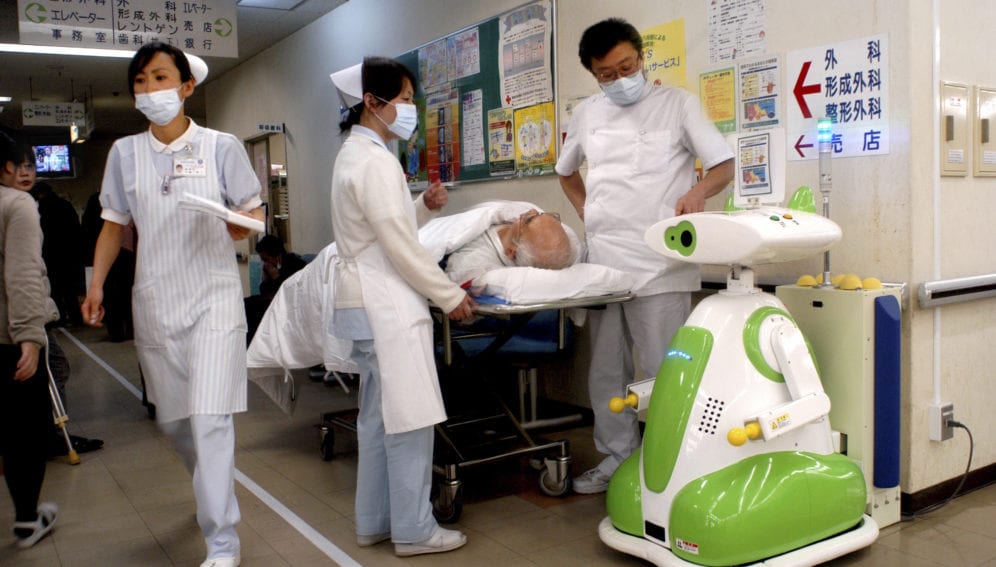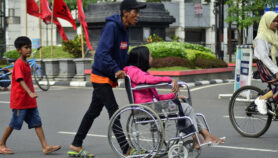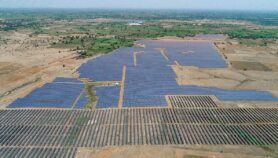By: Neena Bhandari
Send to a friend
The details you provide on this page will not be used to send unsolicited email, and will not be sold to a 3rd party. See privacy policy.
[SYDNEY] Recognising that artificial intelligence (AI) carries both risks and benefits for society, the Australian Human Rights Commission, an independent Statutory organisation, launched this month (July) a major project on the impact of technology on the right to life, privacy, security, safety and equality, which could also have implications in many developing countries keen on adapting emerging technologies.
AI is already employed in designing driverless cars that reduce road traffic deaths and robots that can perform minimally invasive surgeries. AI also finds use in robotic weapons deployed in conflict situations and plays a role in decision making that impacts public health, livelihoods, social interaction and human rights.
An outline of the project, published in an Issues Paper, focuses on protection and promotion of human rights in AI-informed decision making in Australia, but will promote an international approach with UN support.
“In developing countries, the impact of AI on larger socio-economic issues is only beginning to unfold”
Anita Gurumurthy, IT for Change
Accordingly, the paper, launched at the International Human Rights and Technology conference 24 July in Sydney, saw participation by internationally-known experts from diverse areas such as academics, industry and civil society and government officials.
Delegates expressed concern at possible abuse of facial recognition technologies for surveillance, algorithmic bias, big data targeting of democratic processes and the problem of personal data being hacked.
“Our project is looking at these questions in the context of Australia, but the same conversations can and should be happening in developing countries,” Australian human rights commissioner Edward Santow tells SciDev.Net. “We are asking what needs to happen in law and practice in order to ensure we always have tech for social good.”
“In developing countries, the impact of AI on larger socio-economic issues is only beginning to unfold,” says Anita Gurumurthy, founder and executive director of IT for Change, a Bangalore-based NGO that works on digital technologies for human rights and social justice. “How automation is going to reorganise jobs is a serious concern for women and the marginalised who work largely in the informal sector.”
Gurumurthy said there is a need for transparency in the use of AI in social welfare.
“Prediction models based on biased training data sets — for example, household records that mainly show men as farmers — are bound to generate policy scenarios where women’s farm-based activity is not counted. We await a data governance law in India and, based on that, we need effective institutional protocols,” Gurumurthy tells SciDev.Net.AI can be used to promote health rights. Jake Lucchi, head of public policy and government relations, Google Asia Pacific, cited work on captioning videos which has opened up content for the hearing impaired. He also mentioned a “deep learning algorithm” that warns of diabetic retinopathy early and avoid irreversible blindness, especially in patients living in countries with limited access to medical care.
While human rights treaties do not prescribe specific rules in respect to technology, the UN Office of the High Commissioner for Human Rights acknowledges that this is a growing area of importance and has published a set of human rights and principles to guide data collection.
Earlier in May, the second AI for Good Global Summit, organised by the International Telecommunication Union, which leads UN dialogue on information and communication technology, had also focused on AI solutions towards achieving the Sustainable Development Goals, especially in mapping poverty and providing aid in disaster situations.
This piece was produced by SciDev.Net’s Asia & Pacific desk.














